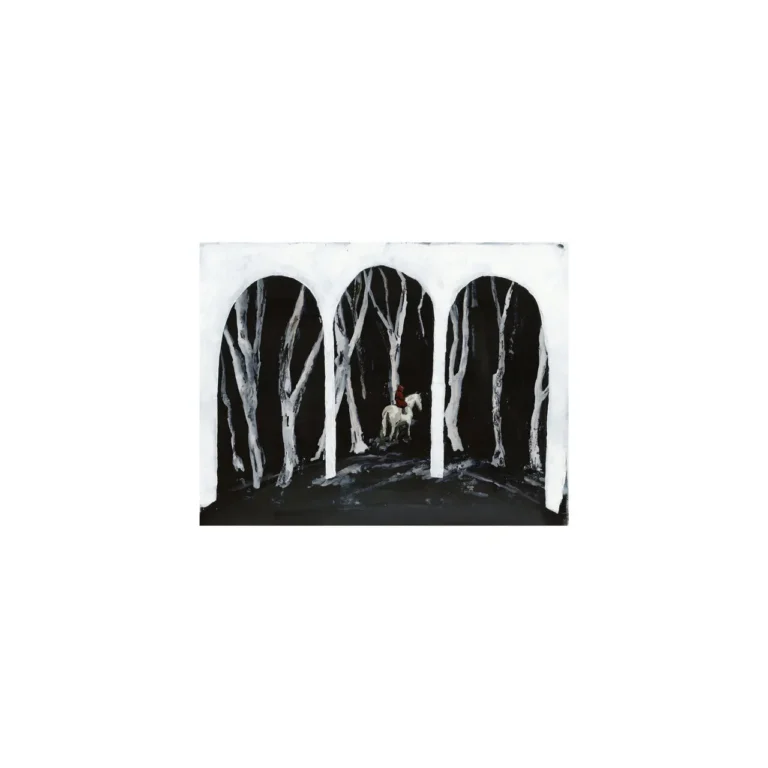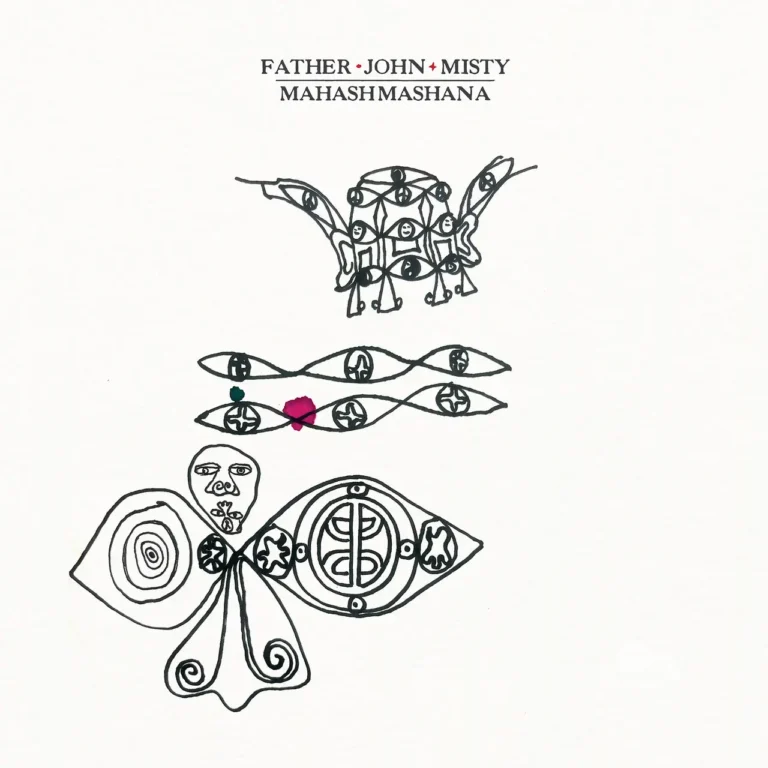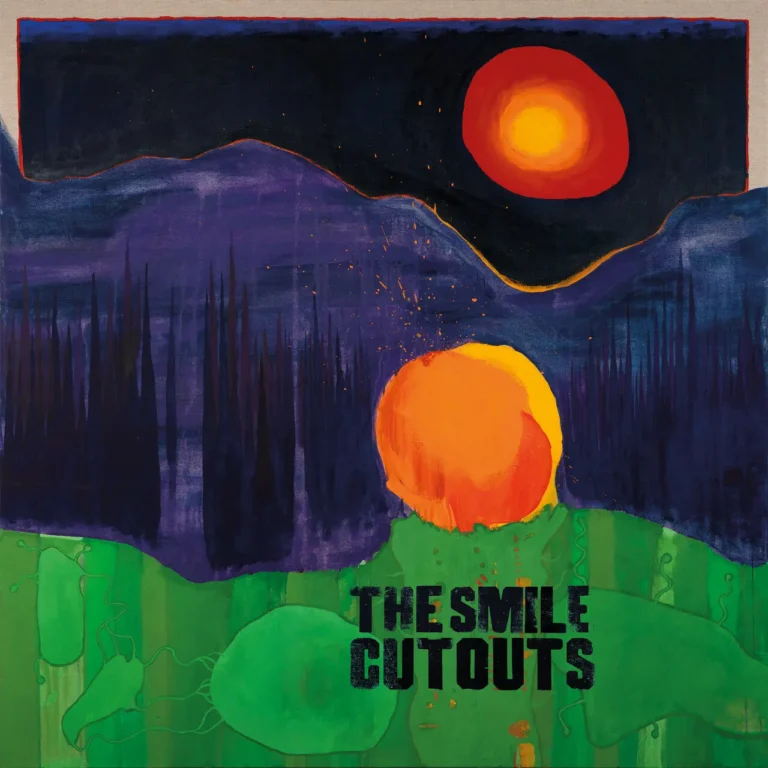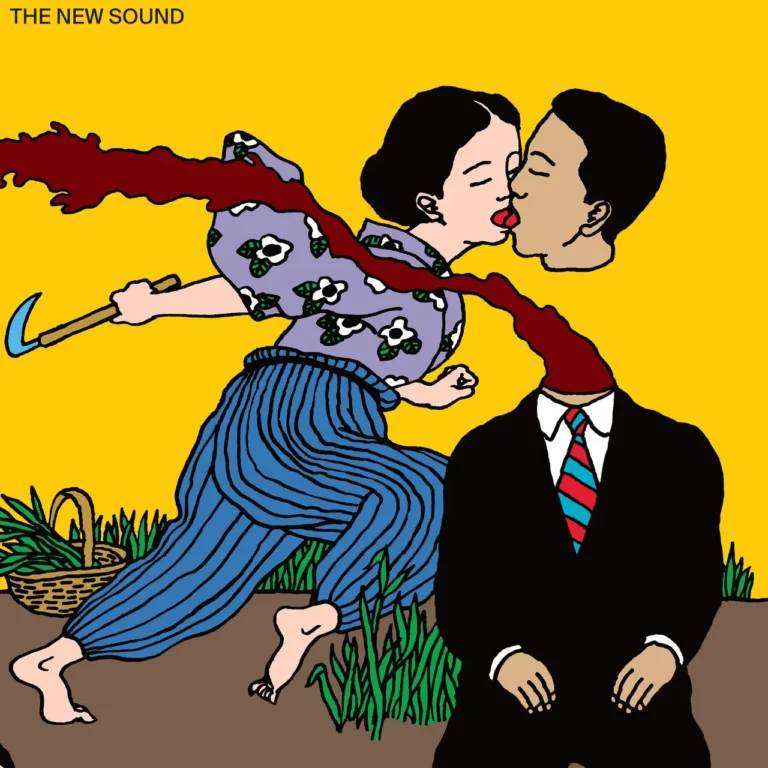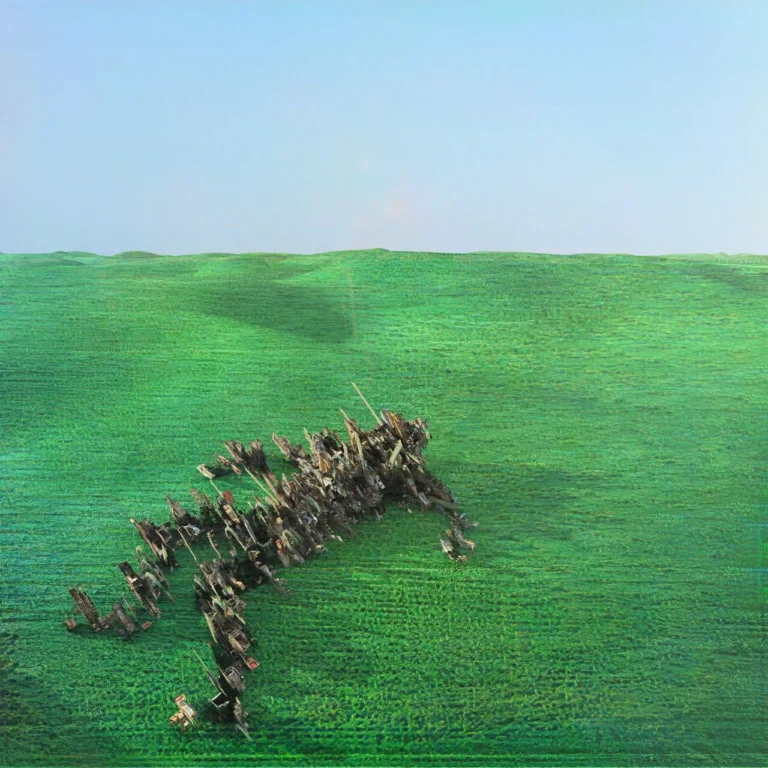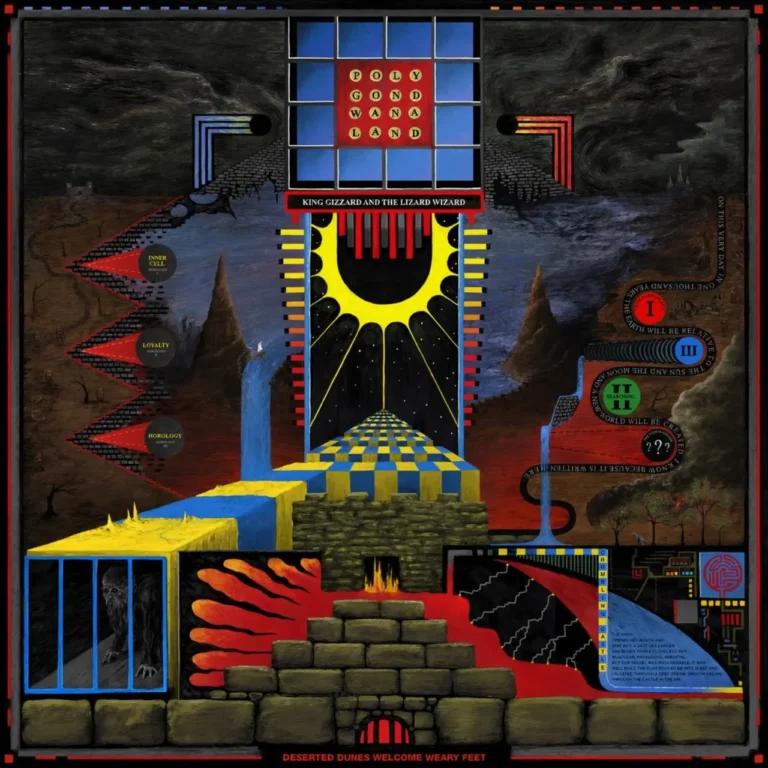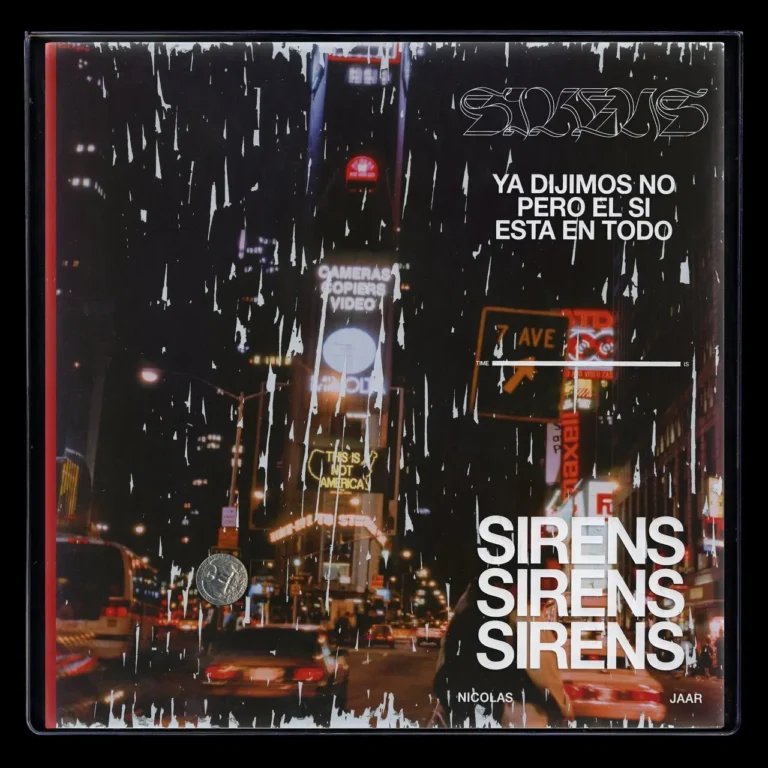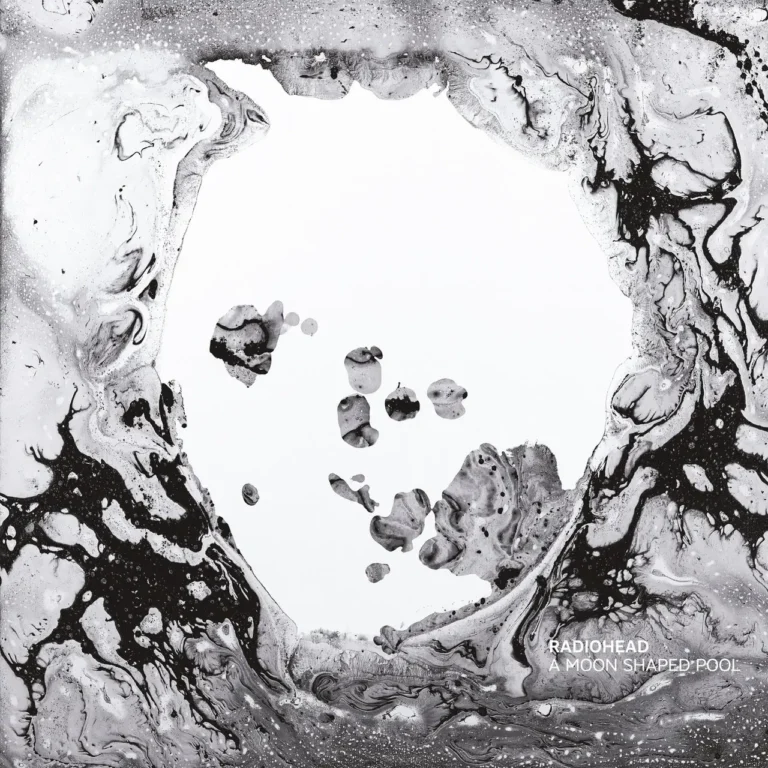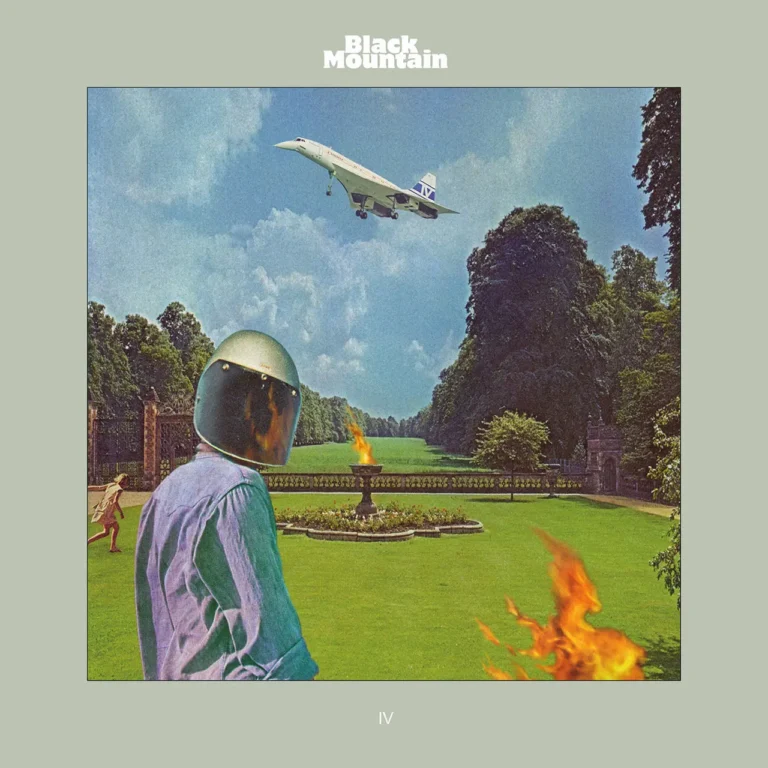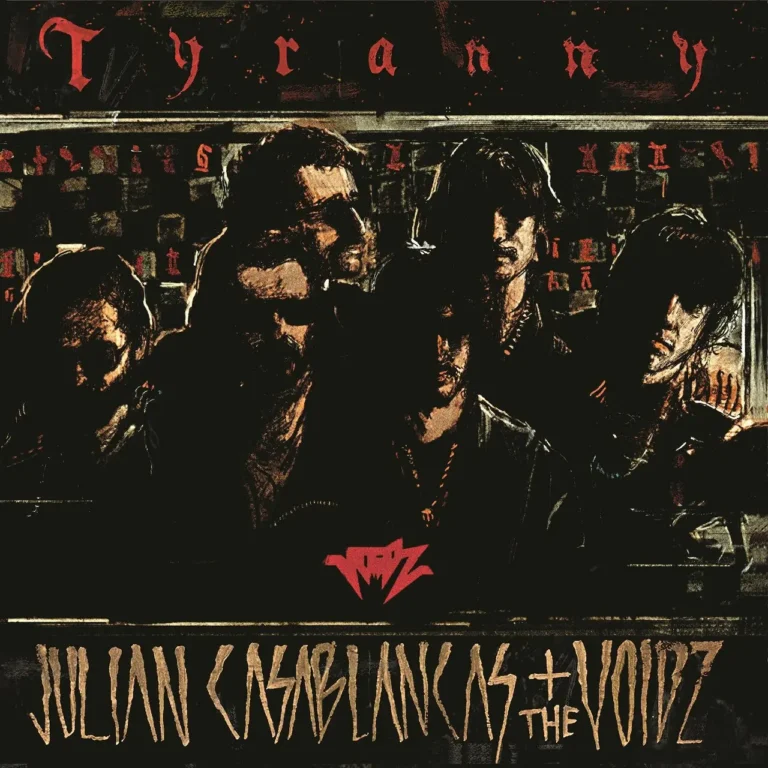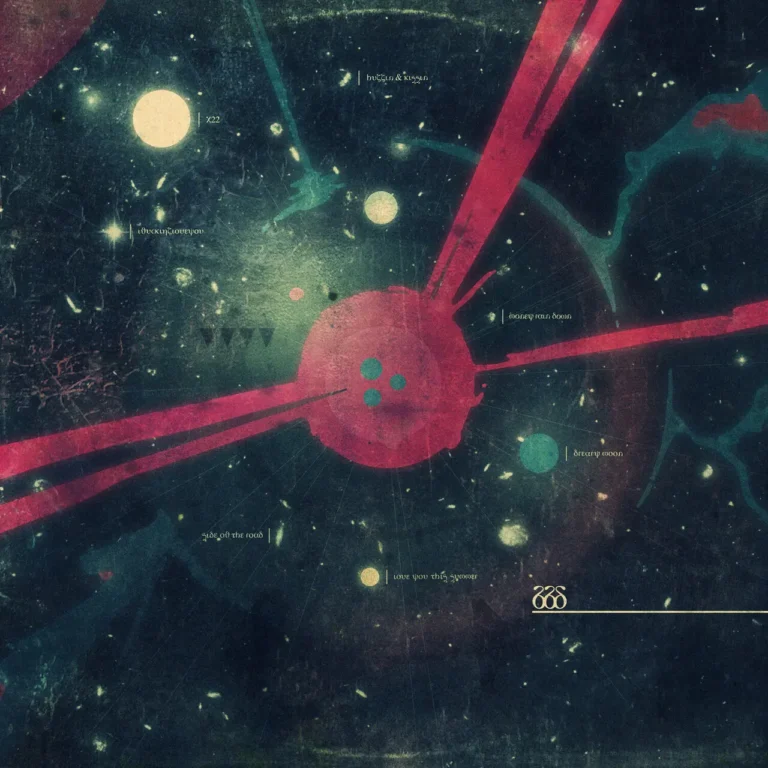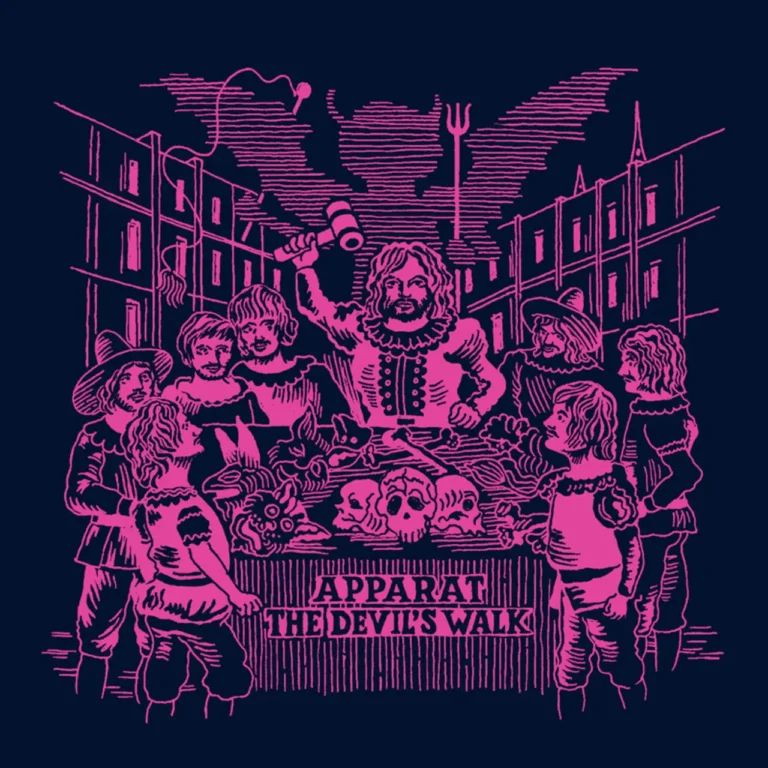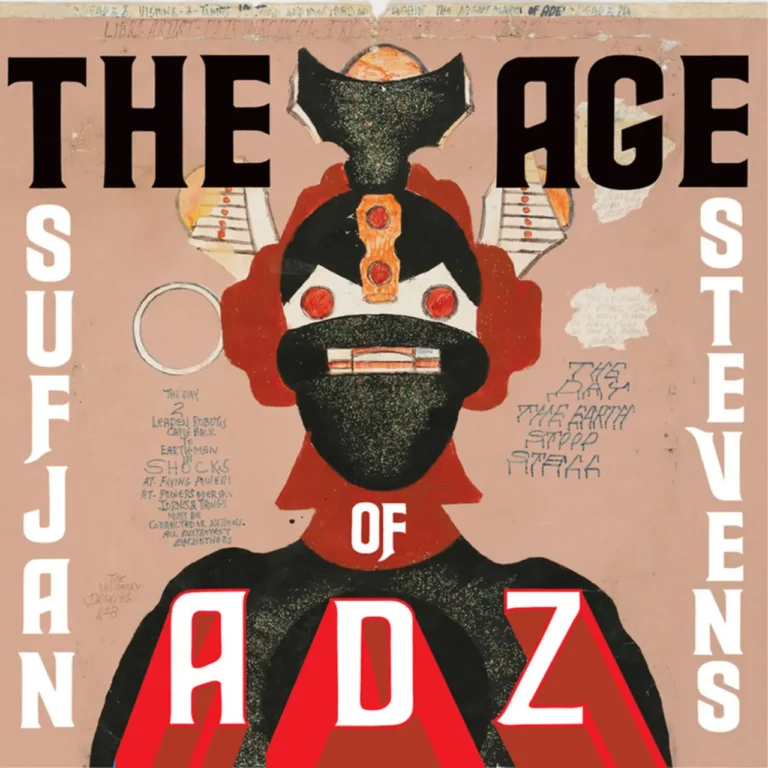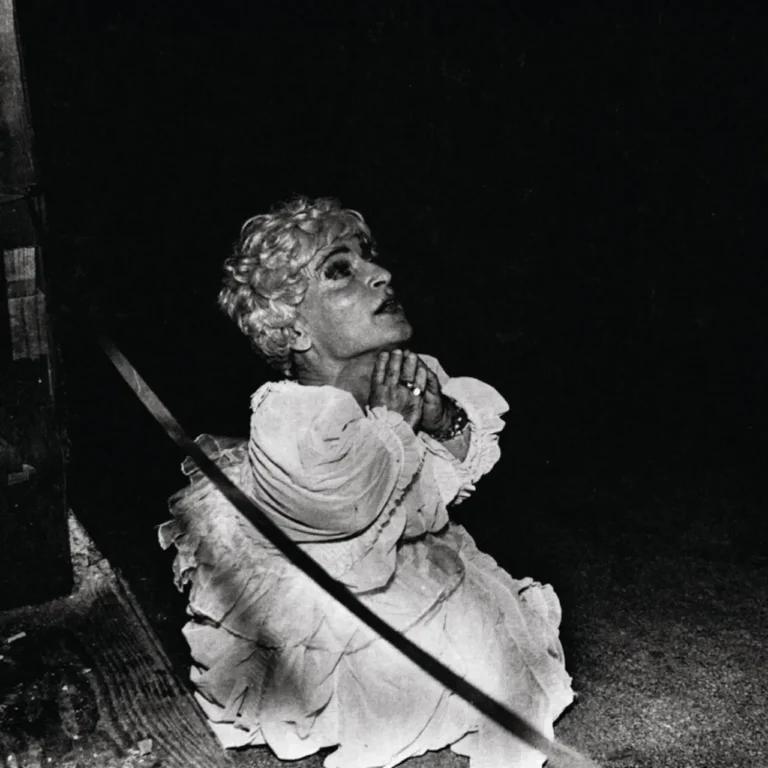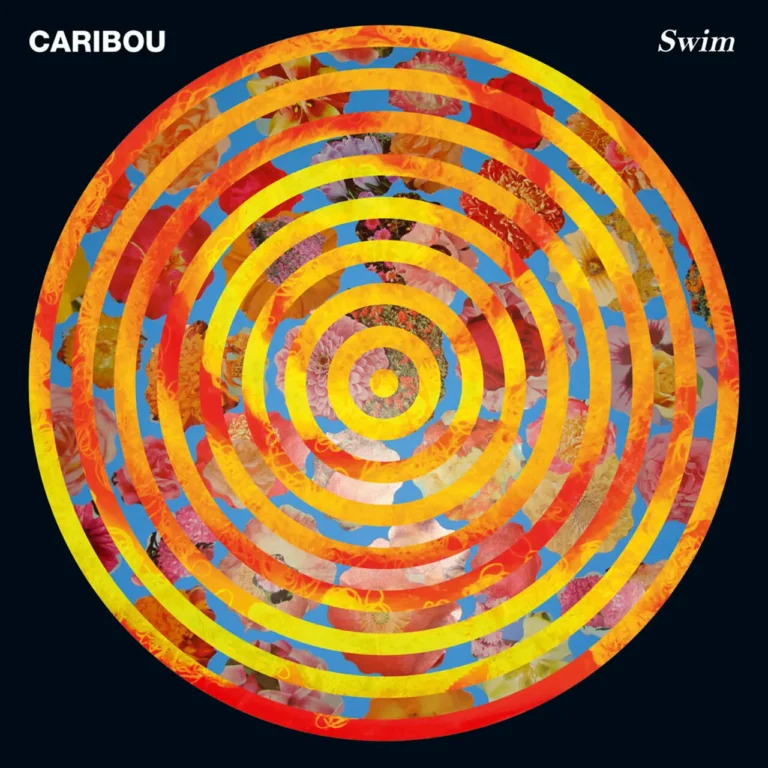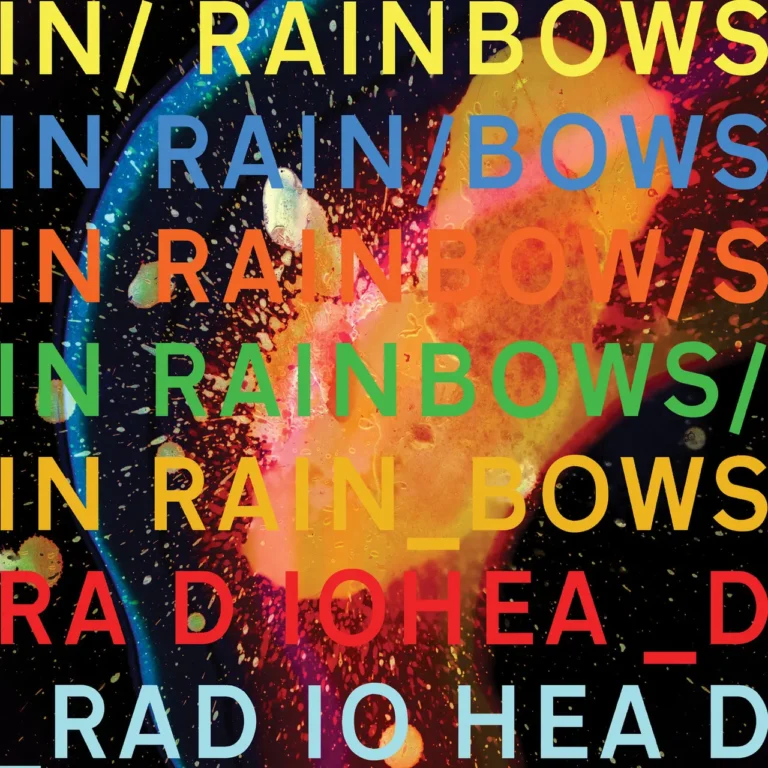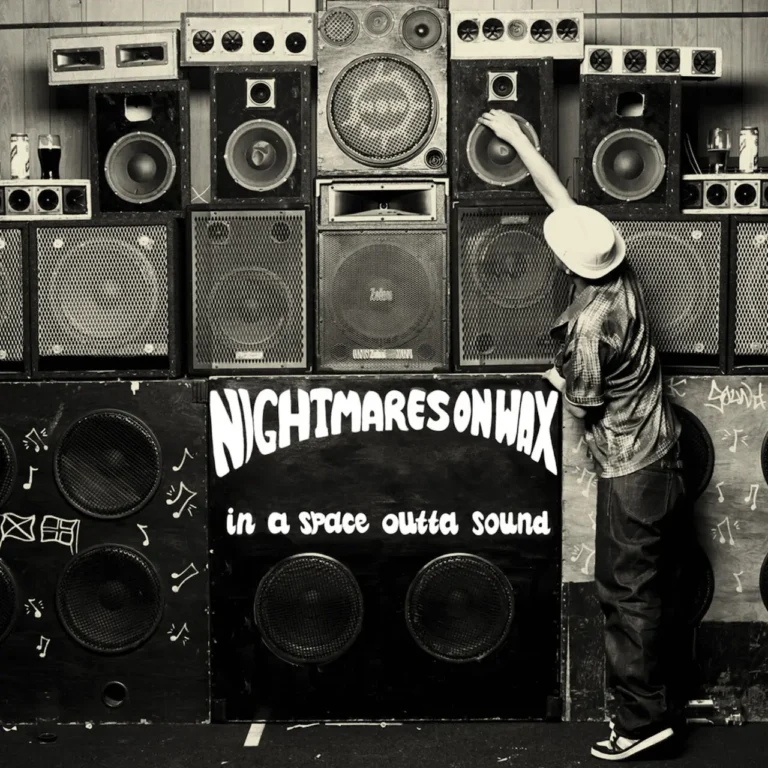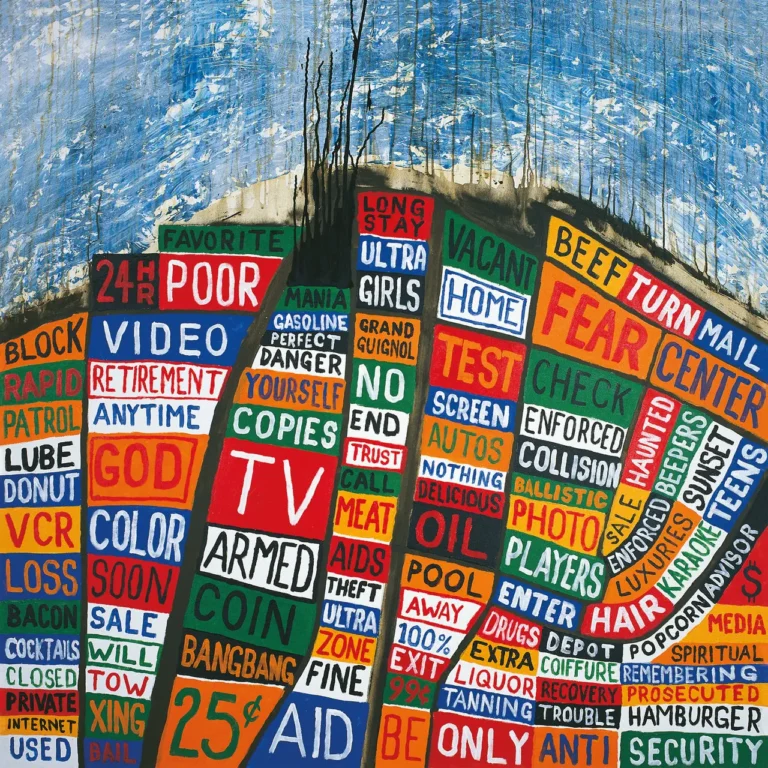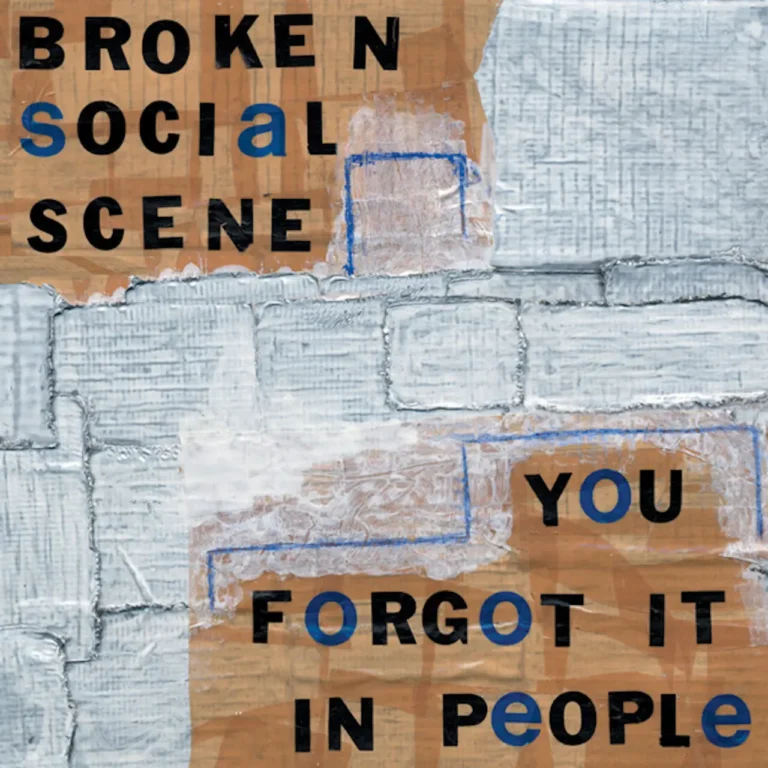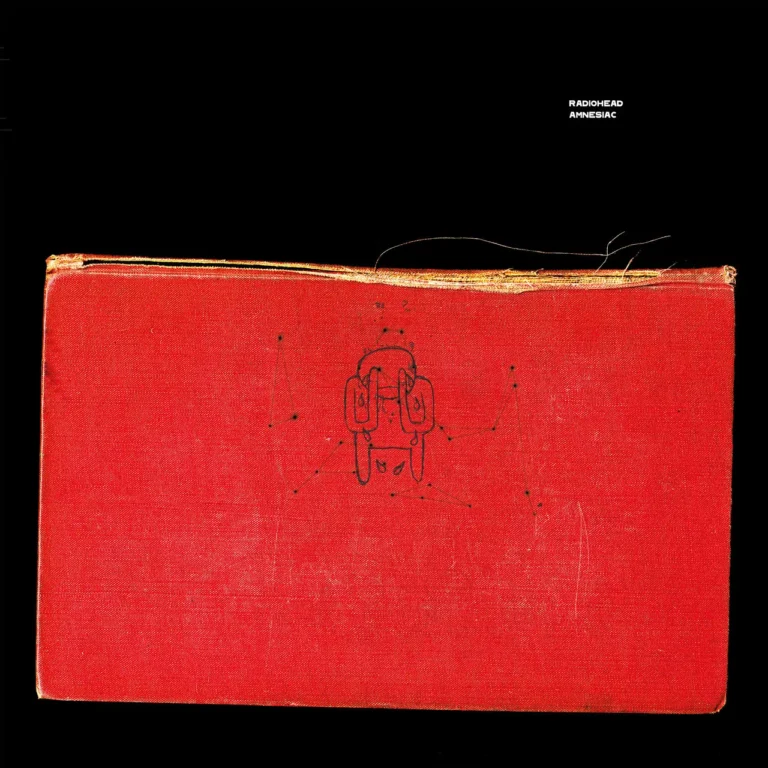"Blackstar" is the title track from David Bowie's final studio album, released on January 8, 2016—just two days before his death. Universally interpreted as Bowie’s farewell, the song and its accompanying video are rich in symbolism, meditating on themes of mortality, transformation, legacy, and the occult.
Core Meaning and Themes:
- "Blackstar" openly confronts the reality of death. The song’s lyrics and imagery allude directly to Bowie’s own impending mortality—lines such as “On the day of execution…” and references to a “solitary candle” evoke the sense of a public, almost ritualized, end.
- The track is described as Bowie’s act of saying goodbye, laden with autobiographical meaning and foreshadowing, as he distances himself from his former personas (“I’m not a pop star, I’m not a Marvel star…”), repositioning himself as something entirely different—a Blackstar.
- There is a transformative undertone to the lyrics: “Something happened on the day he died / Spirit rose a meter and stepped aside / Somebody else took his place and bravely cried: I’m a Blackstar.” This hints at the idea of death as metamorphosis or rebirth, possibly referencing Bowie’s interest in Buddhism, reincarnation, and cycles of spiritual renewal.
Symbolism in the Song and Video:
- The music video, directed by Johan Renck, is a surrealist tapestry featuring a dead astronaut (widely regarded as the final farewell to Bowie’s Major Tom persona from "Space Oddity") whose jewel-like skull is claimed as a relic—a metaphor for Bowie’s creative essence, being passed on and venerated by a new generation.
- Occult imagery is woven throughout: blindfolds, crucified scarecrows, a mystical book, and ritualistic dances all strengthen the sense of transformation and transcendence, inviting interpretations grounded in myth, psychology (Jungian archetypes), and esoteric traditions.
- The "Blackstar" itself can symbolize a star that shines no more but retains mass and influence—a powerful metaphor for Bowie’s looming absence, but enduring artistic gravity. The term "black star" can also allude to a “lesion” or cancer, a theme Bowie and collaborators acknowledged as central to the record.
- The album’s artwork, designed by Jonathan Barnbrook, contains hidden features—stars that appear in sunlight, for example—reinforcing ideas of presence through absence and layers of concealed meaning.
Occult & Other Readings:
- Beyond mortality, "Blackstar" is read by some as a meditation on consciousness itself—on what persists as “the self” devolves or departs.
- The song and imagery have inspired speculative interpretations, from connections to secret societies and apocalyptic warnings, to metaphors about personal transformation in the face of the void.
- Bowie’s deep engagement with mysticism, Kabbalah, and magical symbology is evident, but he intentionally leaves much open-ended, inviting limitless reflection and personal discovery.
Production and Legacy:
- Musically, "Blackstar" merges art rock, jazz, electronic elements, and experimental structures, resulting in an eerie, genre-defying soundscape that enhances its esoteric themes.
- The entire Blackstar project is described as Bowie’s "parting gift," constructed with full knowledge of his illness—its atmosphere, lyrics, and visuals reframing the end of life as a profound, mythic passage rather than simply a loss.
- Even the album’s physical presentation reinforces these themes, with artwork containing secrets and easter eggs meant to be discovered only after his passing.
“Buried in the bleakness of 'Blackstar' is an airy, suspiciously earnest passage that imagines the transmigration of souls… Bowie nearly became a Buddhist monk when he was 19…It’s quite possible that he believed in reincarnation, or at least longed for it.”8
In sum, “Blackstar” is Bowie’s multifaceted meditation on his legacy, using symbols of death, transformation, the occult, and cosmic mythology to reframe his final artistic act as both an ending and a beginning.

